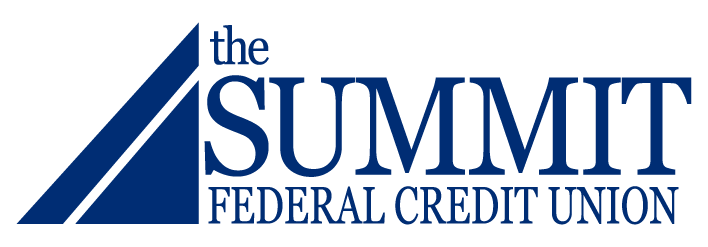Reduce confusion when buying a home with some common terminology
Buying a home involves many people working toward the same goal: to get you into your new home. These people will use lingo that you may not be familiar with, so take a look at this quick guide to homebuying lingo that can help you stay up-to-speed in the process.
Buyer’s Market
This happens when there are more homes for sale on the market than interested buyers. Prices often drop and negotiations are in the buyer’s favor.
Seller’s Market
When there are more people looking for homes than homes available to buy. Prices often increase, and bidding wars happen in this type of market.
Days on Market (DOM)
Days on Market is how long the home has been on the market since the day it was listed.
Comps
Referring to comparable sales, this is a set of homes that have sold recently in the surrounding area. Comps help to determine the value of the home for sale by comparing things like square footage, number of bedrooms and bathrooms, property size, age of the home and overall condition.
Short sale
The sale of a home where the owner owes more on their current loan than the home is worth. The seller’s bank must approve a lower listing price before it can be sold.
Contingencies
Requirements and conditions that are added to a homebuying contract to help protect the buyer from issues with the home inspection, financing challenges, the potential need to sell another home and more.
Interest rate
The price or fee that the mortgage lender charges the buyer, expressed as a percentage of the principal. Rates are initially set by the Federal Reserve, and then tailored per loan, based on the specifications of the loan, the applicant’s credit score, down payment amount, property type and other details.
Debt-to-income (DTI)
Debt-to-income helps the financial institution compare the amount of money a homebuyer owes to their current total income.
Principal
The amount of the loan that you have borrowed and have to pay back (not including interest). Typically, a portion of your monthly payment will go toward principal, and another portion will go toward interest on the loan.
PITI
PITI stands for principal, interest, property taxes, and homeowner’s insurance—the typical set of items that make up a monthly mortgage payment.
Loan-to-value (LTV)
Loan-to-value ratio is the amount of the loan divided by the cost of the house. Lower LTV ratios are favorable.
Equity
The home’s current value minus what is still owed on the mortgage loan.
Want more? Check out A Simple Mortgage Dictionary to learn more mortgage-related terms. Your local mortgage team at The Summit can also help to answer any questions. Contact us today.
